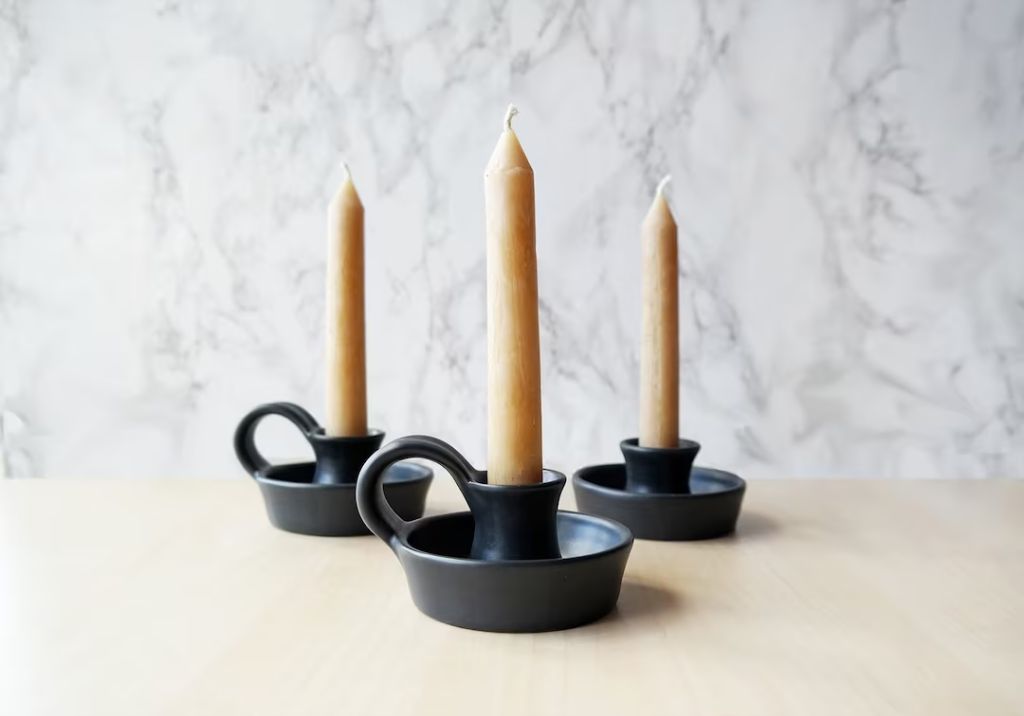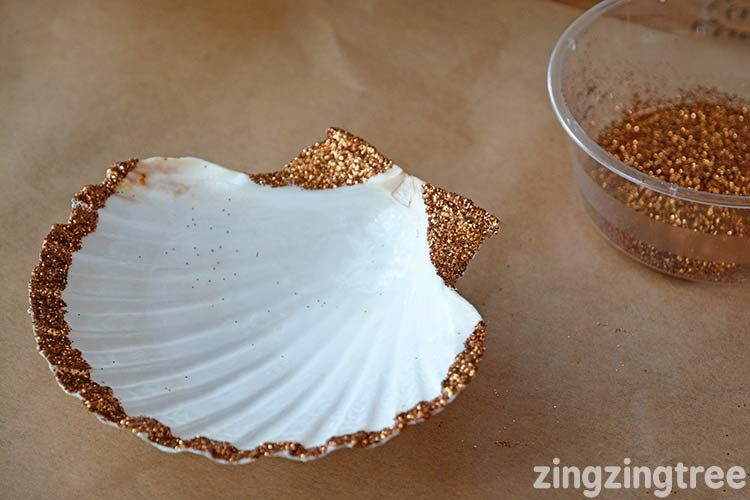Can Ceramic Be A Candle Holder?
Ceramic is an inorganic, nonmetallic solid material made up of either metal or nonmetal compounds that have been shaped and then hardened by heating to high temperatures. Ceramics are generally known for being hard, porous, and resistant to high temperatures, which makes them useful for applications like cooking ware, tiles, and industrial applications.
When it comes to using ceramic as a candle holder material, there are some key pros and cons to consider. On the plus side, ceramic is durable, aesthetically pleasing, inexpensive, and can withstand the high temperatures of candle flames. The smooth glazed surfaces also make ceramic easy to clean. However, ceramic can be prone to chipping and cracking if subjected to rapid temperature changes or impacts. The porous nature also means ceramic can get stained by candle wax or soot over time. Proper care is required to prevent damage. Overall, ceramic can be an excellent choice for candle holders given its heat resistance, but material weaknesses like brittleness must be kept in mind.
Heat Resistance
Ceramic is highly resistant to heat and can withstand the direct flames of candles quite well. According to Kyocera, fine ceramics like aluminum oxide can withstand temperatures over 1000°C before softening, whereas metals like aluminum melt around 660°C. Regular ceramic materials like tiles and bricks can also withstand extremely high temperatures, over 1200°C in some cases according to WunderMold. This makes ceramic far more heat tolerant than materials like glass or metals.
The high heat resistance comes from the strong molecular bonds in the ceramic material. As long as the ceramic is not subjected to rapid temperature changes causing thermal shock, it can withstand direct flame contact without cracking or breaking down. Properly cured ceramic materials are generally safe near candle flames, especially heat-resistant formulations designed for cookware and other high-temperature applications.
For candle holders, look for vitrified ceramics fired at high kiln temperatures. These will be non-porous and highly resistant to heat damage. Glazed ceramics can also work well. Just avoid any ceramic with fine cracks or imperfections that may weaken its thermal fortitude. With quality ceramic candle holders, the material itself should have no problem withstanding candle heat.
Aesthetic Properties
Ceramic candle holders stand out for their immense artistic versatility and range of aesthetic possibilities. Unlike plain glass or metal holders, ceramic allows for an endless variety of colors, textures, shapes, and designs. Rich glazes in any hue can be applied, from bold primaries to muted earth tones. Organic patterns, artistic motifs, and decorative textures can be carved or molded into the ceramic. It can be shaped and sculpted into any form imaginable, from geometric abstracts to flowing naturalistic shapes that reflect objects in the natural world.
The artistic freedom ceramic provides is unparalleled compared to other holder materials. For any style or decor, there is a ceramic holder to match. Smooth satin finishes, hand-painted florals, glossy crackled glazes, matte ombre effects; anything you envision can likely be brought to life with the right ceramic techniques. For candle enthusiasts or interior designers who see a candle holder as more than a functional object, but as an artistic accent piece, ceramic delivers this versatility better than any other material.
Durability
When it comes to durability, ceramic candle holders have some advantages and disadvantages compared to other materials. Ceramic is generally quite hard and scratch-resistant. According to one Reddit user, ceramic can withstand the heat of a candle flame as long as there is a hole at the top to allow heat to escape.
However, ceramic can be prone to cracking or breaking if dropped or impacted, due to its rigid but fragile nature. According to BrightGlassware.com, care should be taken when using ceramic candle holders to prevent damage from falls or bumps. Ceramic is not as durable against impacts as metal, wood, or plastic candle holders.
The rigid structure of ceramic does make it very scratch-resistant for daily use. It will not show scratches as easily as softer materials like brass or aluminum. Overall, with proper care, ceramic can be reasonably durable for use as candle holders, but some caution is required due to fragility concerns.
Cost
Ceramic candle holders range widely in cost depending on factors like the type of clay, quality, design, and decoration. Basic terra cotta candle holders can cost just a few dollars, while high-end porcelain pieces from artisan ceramicists may cost over $100. Compared to other common candle holder materials like glass, metal, and wood, ceramic can be very affordable. Simple terra cotta tea light holders often cost under $5 each (https://www.amazon.com/Ceramic-Candle-Holders/s?k=Ceramic+Candle+Holders), while basic taper candle holders in glazed ceramic may run $10-20. More elaborate ceramic candle holders with detailed patterns, shapes, and coloring can cost $25-50. Fine porcelain candle holders from top ceramic artists and brands may cost upwards of $100.
Overall, ceramic is one of the most budget-friendly candle holder options. It can accommodate all budgets from thrift store finds under $10 to luxurious designer pieces. With such a wide range, it offers an excellent material choice for candle holders on a budget as well as high-end decorative statement pieces.
Ease of Use of Ceramic Candle Holders
Ceramic candle holders offer some advantages in terms of ease of use when compared to other materials like metal, wood, or glass. Ceramic is relatively lightweight yet sturdy, making ceramic holders portable and easy to move around. According to the article “DIY Ceramic-look candleholders,” ceramic clay can be molded into custom shapes and sizes as desired. This means candle enthusiasts can craft ceramic holders to perfectly fit their unique candles, allowing for a customizable, snug hold.
However, ceramic is more prone to breaking than metal or wood if dropped. Ceramic holders also lack the adjustability of materials like glass or metals, which can accommodate a wider variety of candle sizes through features like adjustable rings or prongs. So while ceramic wins points for its lightweight portability, factors like fragility and less adjustability make other materials potentially better choices for versatility and durability of use.
Safety Considerations
When choosing a ceramic candle holder, it’s important to consider safety. Ceramic can get extremely hot when a candle is burning inside of it, so caution should be used to prevent burns or fires.
Compared to glass or metal holders, ceramic does not disperse heat as readily. This means the holder can get hotter than other materials, posing a greater fire risk if the candle is left unattended or placed too close to flammable materials (https://www.reddit.com/r/Ceramics/comments/154ch5n/is_putting_a_candle_inside_of_a_finished_ceramic/).
To prevent fires, make sure to place the ceramic holder on a stable, non-flammable surface. Keep it away from tablecloths, curtains or anything else that could catch fire. Always extinguish the candle before leaving it unattended. Trim wicks to 1⁄4 inch before lighting to prevent high flames.
Additionally, some ceramic glazes can contain lead or other toxic substances, especially in pieces made outside of the US. Avoid antique or handmade ceramics from unknown origins. When in doubt, perform a lead test to ensure the ceramic is safe (https://www.assemblycreate.com/blogs/news/picking-your-perfect-candle-container).
With proper precautions, ceramic can be a beautiful, safe option for candle holders. But be sure to take safety measures when burning candles in ceramic containers.
Cleaning and Care
When cleaning ceramic candle holders, it is important to remove all wax residue to prevent buildup. The Mojo Candle Co. recommends filling the holder with boiling water and a small amount of dishwashing liquid to melt the wax, then scrubbing gently with a soft cloth or sponge. Allow to fully dry before relighting candles. The Kolbo blog suggests using a plastic scraper to remove excess wax, then washing with warm water and soap. Thorough drying prevents water spots.
Compared to materials like glass or silver, ceramic is less prone to scratching during cleaning. It does not require polishing or special cleaners like metal holders. However, ceramic can become permanently stained if not cleaned promptly after use. With proper care between uses, ceramic candle holders can maintain their beauty for many years of service.
Popular Ceramic Candle Holder Styles
Ceramic candle holders come in a huge variety of styles that can fit any décor. Here are some of the most popular ceramic candle holder designs:
Votive Holders
Votive holders are short, small holders meant for votive candles. These are very common and come in endless shapes like columns, spheres, geometric shapes, animals, flowers, and more. They often come in sets for grouping votives together.

Pedestal Holders
Pedestal candle holders elevate a single candle up on a base or stand. These focus attention on the candle and come in round, square, figural, or decorative bases.


Jar Holders
Jar candle holders have a wide opening to hold a jar candle. They come in various sizes to fit typical candle jar diameters. Decorative ceramic jar holders add flair to basic jar candles.

With limitless ceramic candle holder designs, there are endless options to light up any space in style.
Conclusion
The main pros of using ceramic as a candle holder material are its heat resistance, durability, aesthetic properties, and cost effectiveness. Ceramic can withstand the heat of a burning candle without cracking or melting. It also holds up well over time and resists chipping and breaking. The glazes and artistic designs possible with ceramic allow for beautiful, eye-catching candle holders. Finally, ceramic tends to be an affordable option compared to other materials.
The cons to consider are that ceramic can get quite hot to the touch when holding a burning candle. It also requires some care when cleaning to avoid damaging the surface. Ceramic holders are generally not suggested for large, heavy candles that could tip over and break.
Overall, ceramic is one of the best materials for candle holders. Its ability to resist heat and its stylish look make it ideal for this purpose. As long as proper safety precautions are taken, the pros of ceramic outweigh any potential drawbacks. With proper care, a ceramic holder can last for many years of candle lighting.


